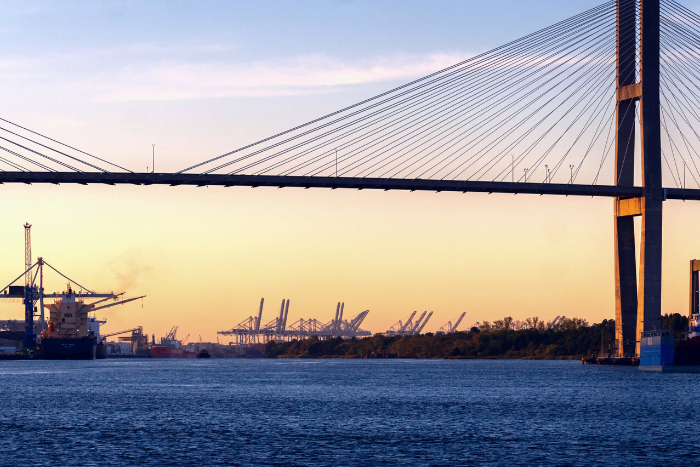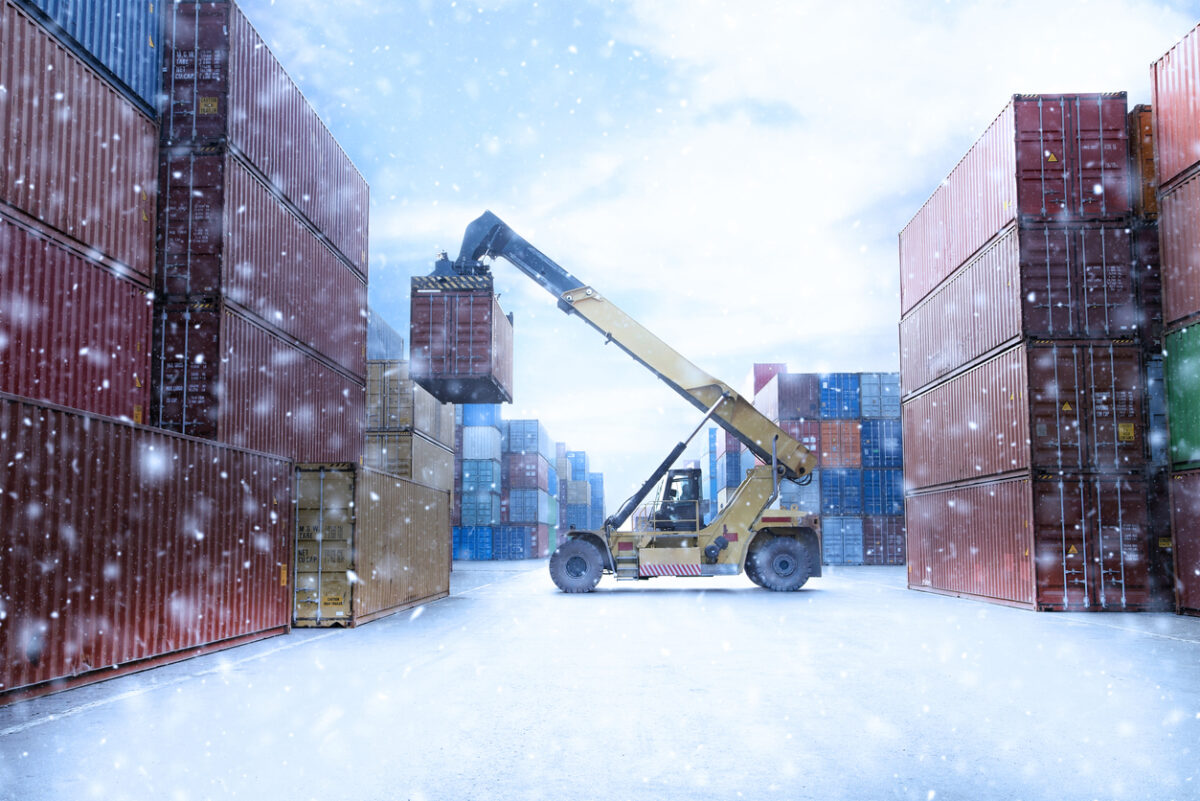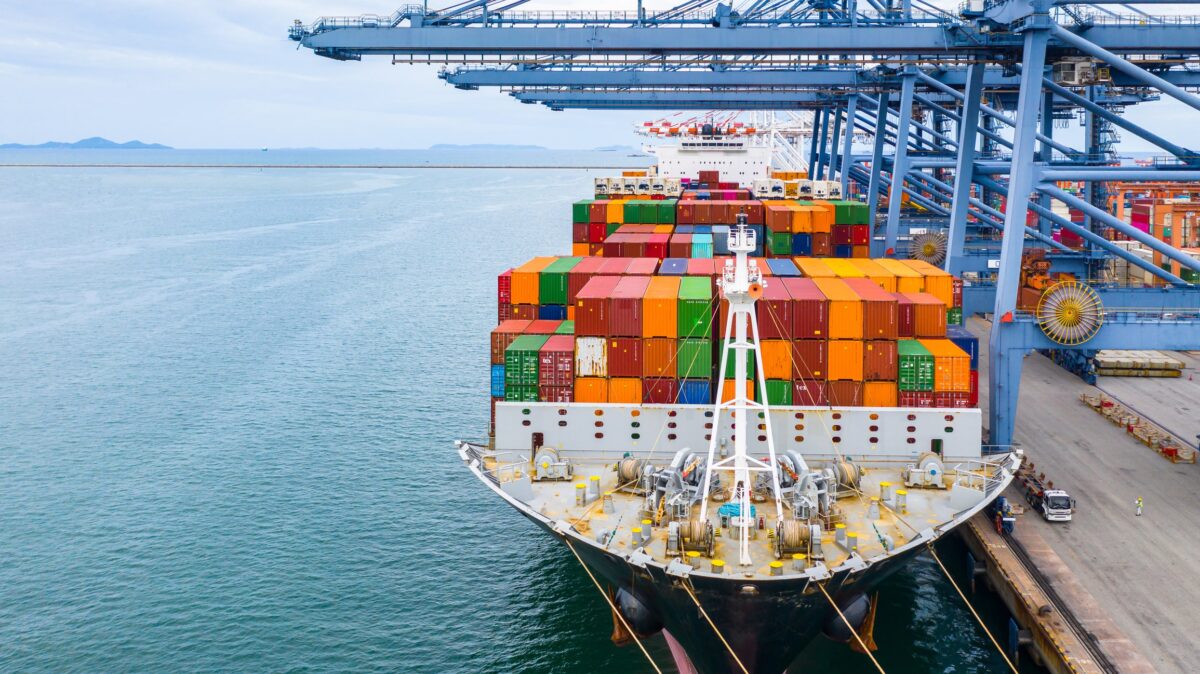To navigate IMO 2020, carriers and shippers will need open dialogue. This report provides insight and a general overview of the issues in order to support better understanding and negotiations.
Takeaways
- Jan. 1 will mark the full implementation of IMO 2020 regulations reducing sulfur oxide emission from 3.5 percent m/m to 0.5 percent m/m.
- Carriers have several ways to comply with these new rules. Each method brings its own advantages, disadvantages, and cost implications.
- New emission standards will lead to significant improvements in pollution derived from ships’ emissions.
- Compliance will lead to an increase in operational costs, which carriers will attempt to pass on to shippers through new bunker formulas.
- 2019-2020 trans-Pacific contract negotiations will occur amid the uncertainty of this pending cost increase.
- Shippers should accept and endorse that the benefits of environmental improvements come with some increases in costs for low sulfur fuel, while engaging in a thorough dialogue and review of fuel surcharge trade factors with their carrier partners.
- Fuel costs already represent more than 50 percent of total operating expenses, and IMO 2020 poses an increase too significant for carriers to absorb and stay operational.
To download this whitepaper, click here.


